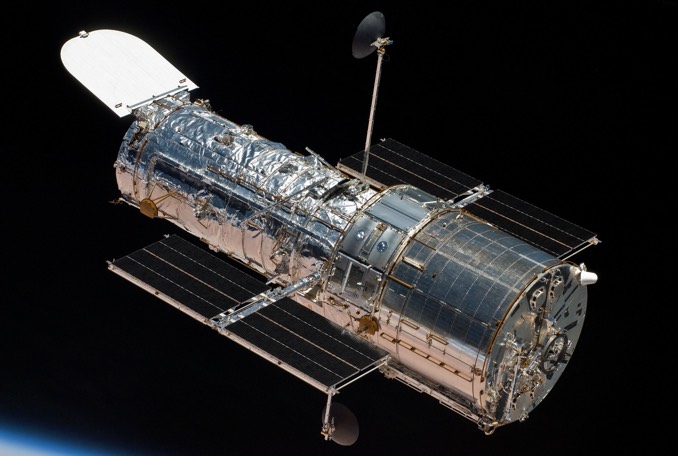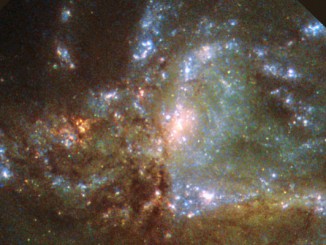
NASA’s Chandra X-ray Observatory entered protective “safe mode” on 10 October due to a malfunction of some soft. The Hubble Space Telescope went into safe mode 5 October due to problems with one of its four operational gyroscopes.
It is not yet known what sidelined Chandra.
“At approximately 1355 GMT on October 10, 2018, NASA’s Chandra X-ray Observatory entered safe mode, where the telescope’s instruments are put into a safe configuration, critical hardware is swapped to back-up units, the spacecraft points so that the solar panels get maximum sunlight and the mirrors point away from the Sun,” NASA said in a statement posted on the observatory’s web page.
“Analysis of available data indicates the transition to safe mode was nominal, i.e., consistent with normal behaviour for such an event. All systems functioned as expected and the scientific instruments are safe. The cause of the safe mode transition is currently under investigation, and we will post more information when it becomes available.”
Launched aboard the shuttle Columbia in July 1999, the Chandra X-Ray Observatory has operated 14 years past its five-year design life. It is one of NASA’s original “Great Observatories” projects along with Hubble, the Compton Gamma-Ray Observatory and the Spitzer Space Telescope.
The gyroscope that failed aboard Hubble earlier this month was one of three used to move the telescope from target to target and to keep it locked on for science observations. The failure sent the observatory into safe mode. Engineers tried to activate a backup, but it, too, experienced problems, reporting higher rates of motion than were actually occurring.

During tests this past week, the gyro accurately tracked Hubble’s movement, but it reported rates of motion that were much higher than observed.
“This is similar to a speedometer on your car continuously showing that your speed is 100 miles per hour faster than it actually is; it properly shows when your car speeds up or slows down, and by how much, but the actual speed is inaccurate,” NASA said in a blog update.
An anomaly team is trying to figure out what is causing the problem and whether it can be corrected. If so, Hubble could resume normal three-gyro operation.
If the gyro cannot be used, Hubble will be operated in one-gyro mode, using control software that will allow the observatory to be used in a near-normal fashion while keeping a second healthy gyro in reserve.



